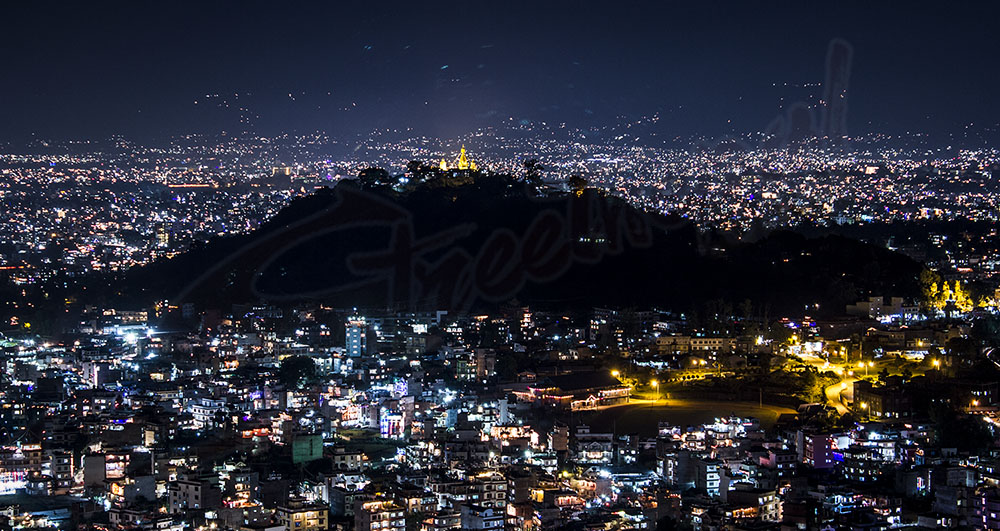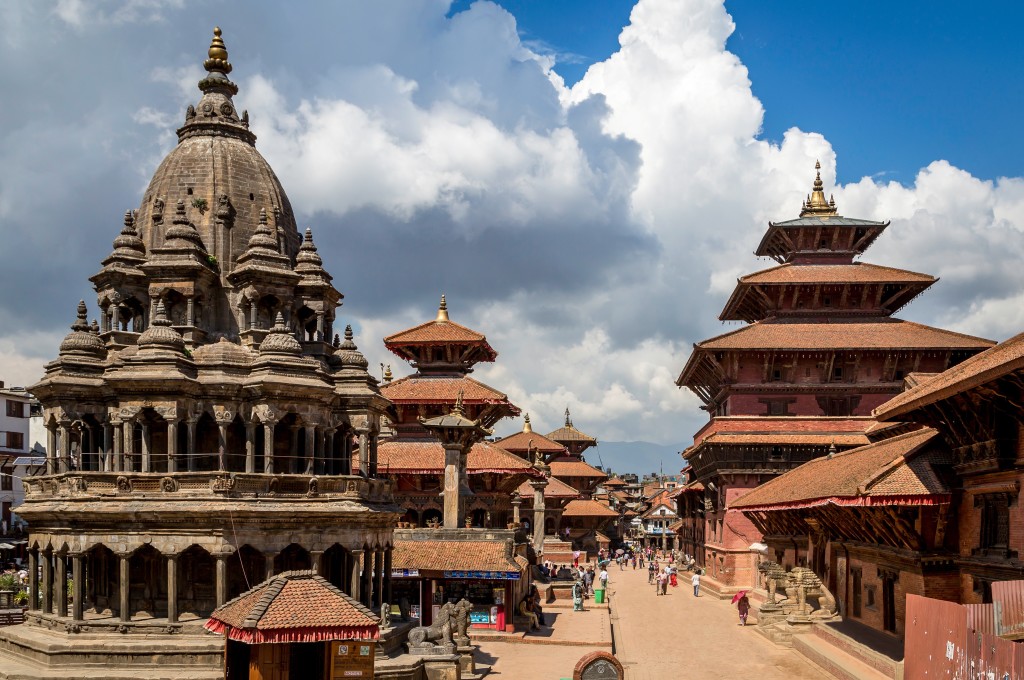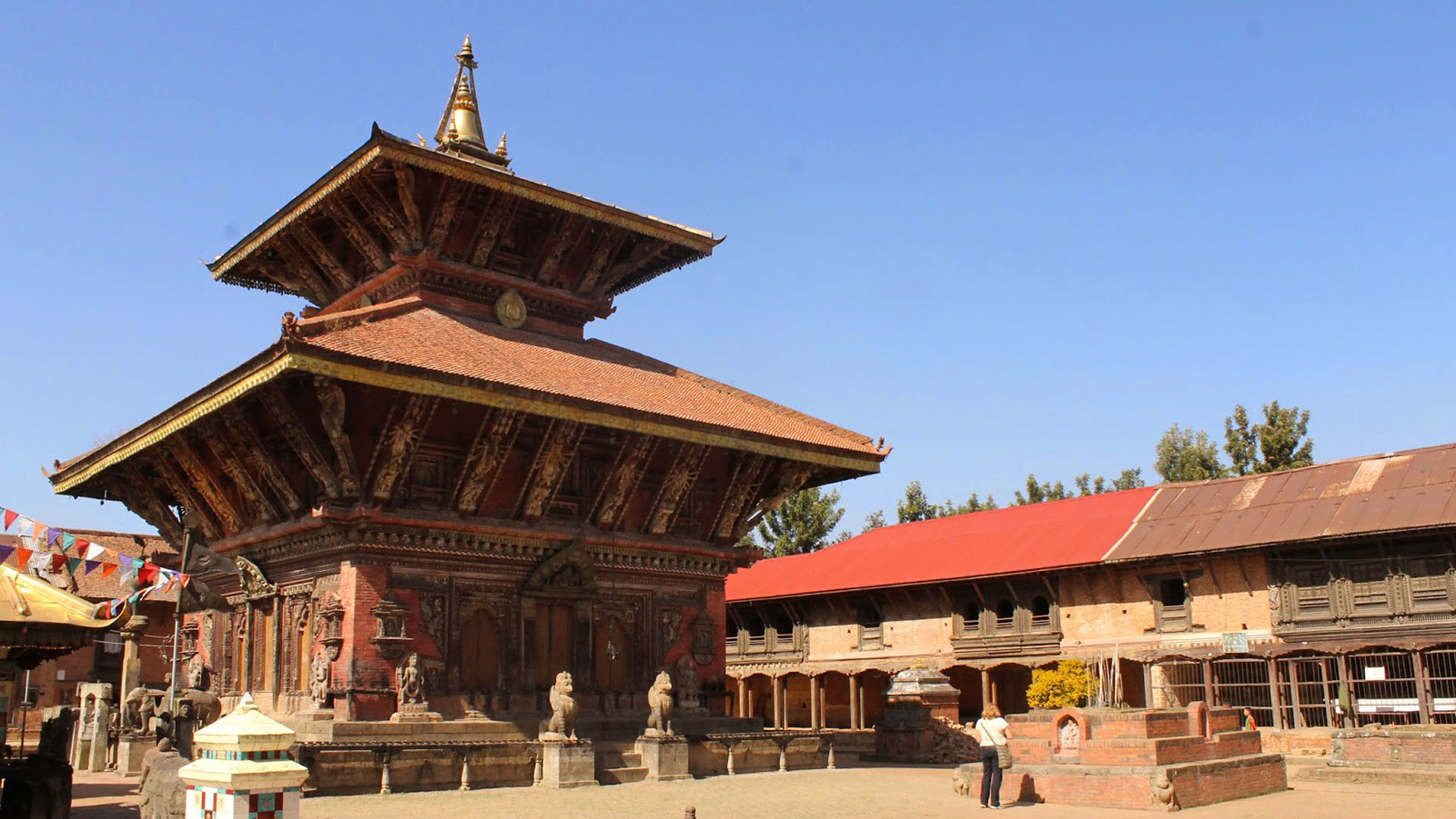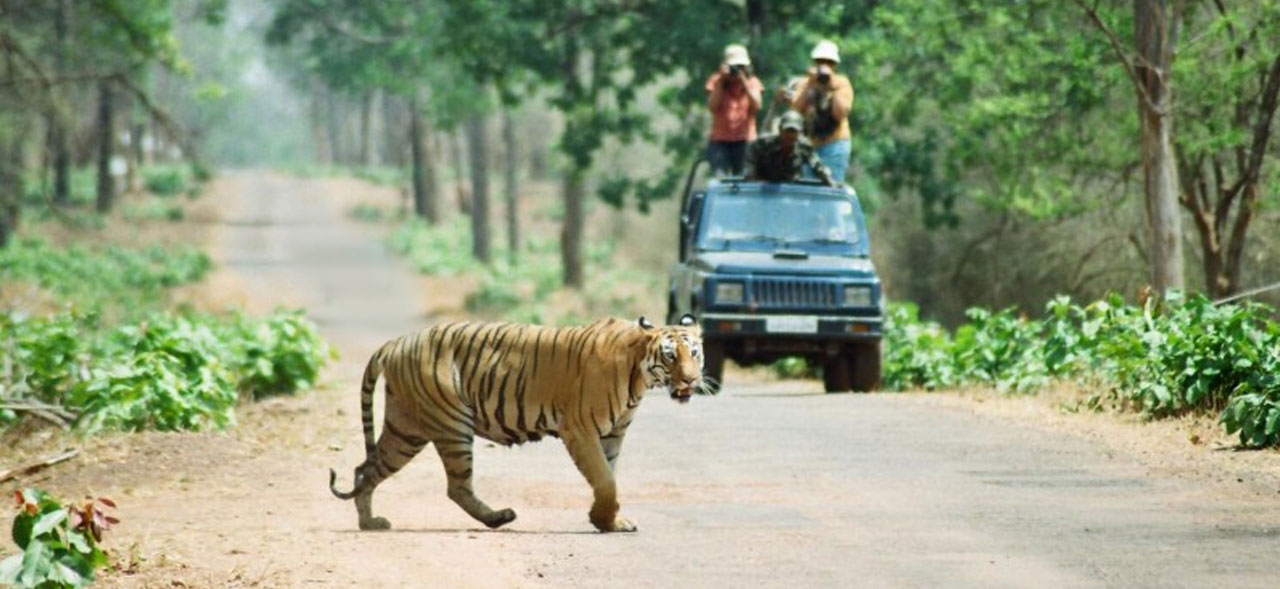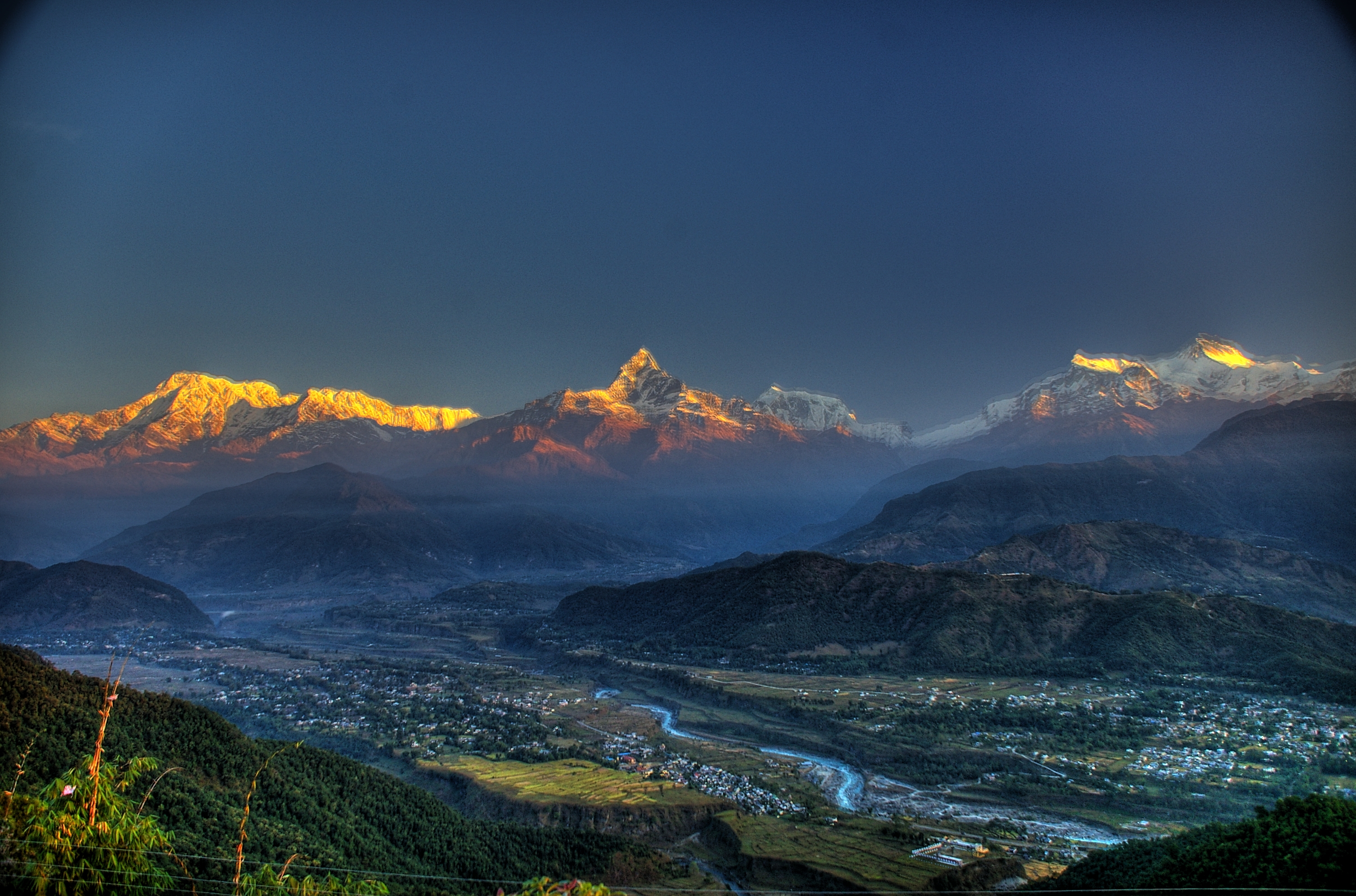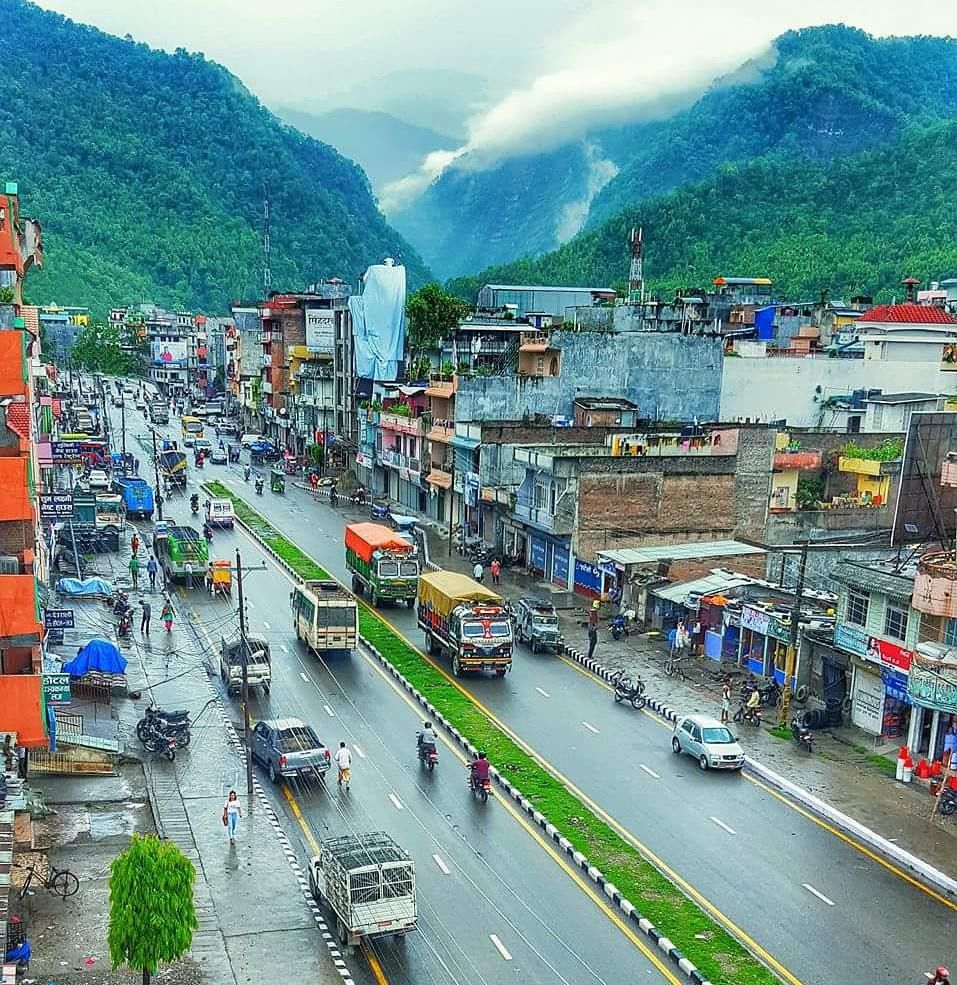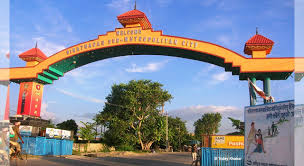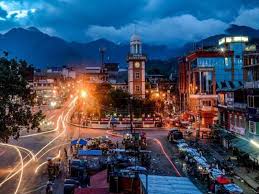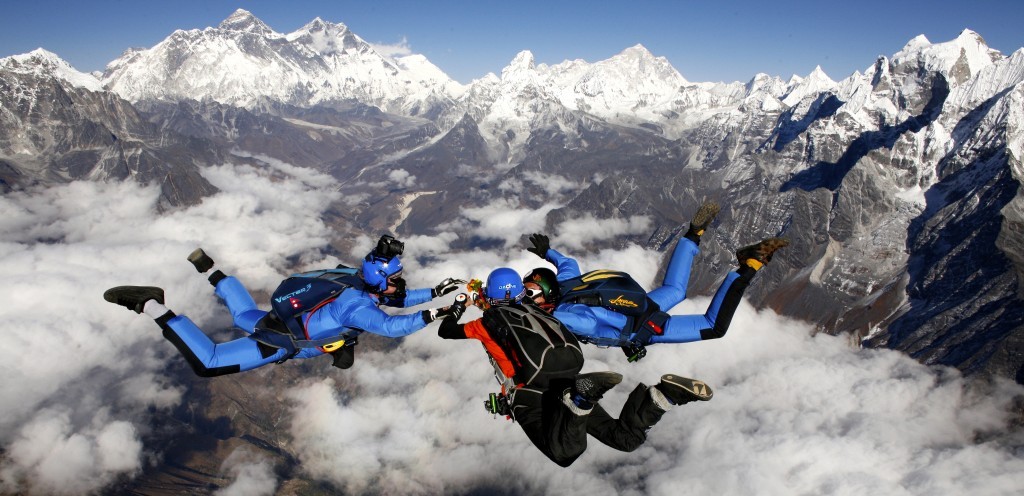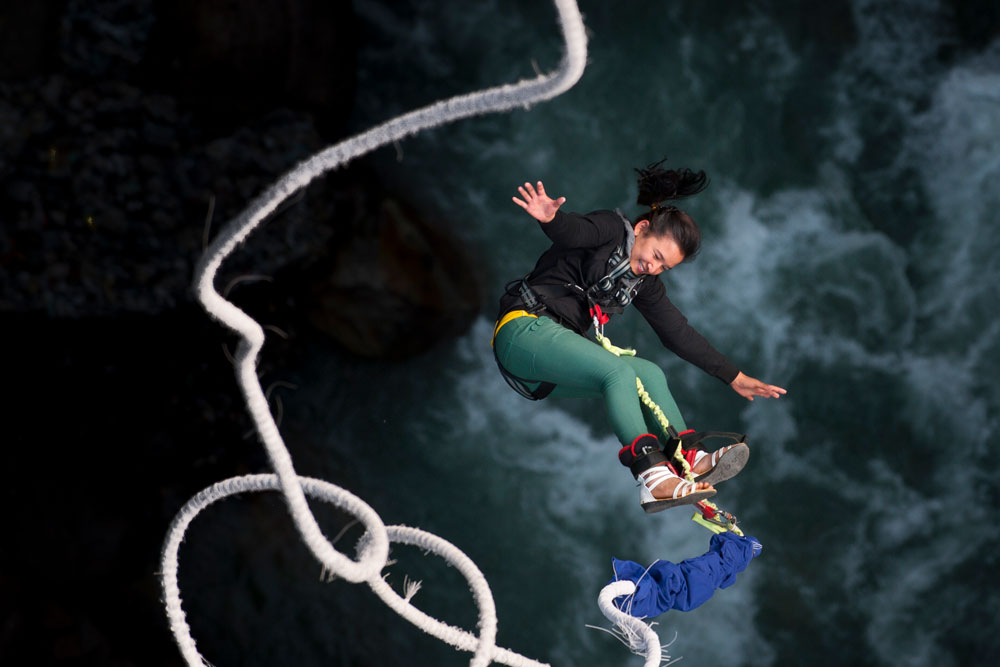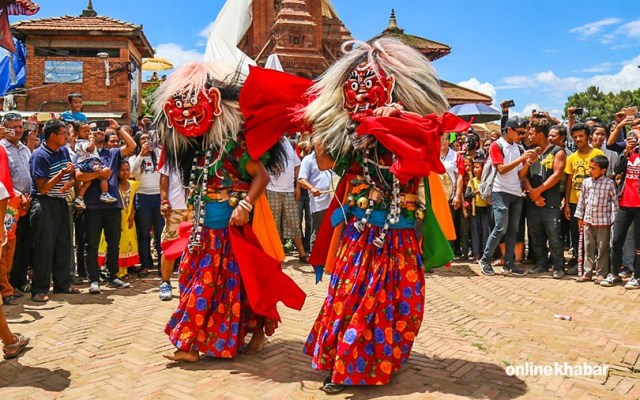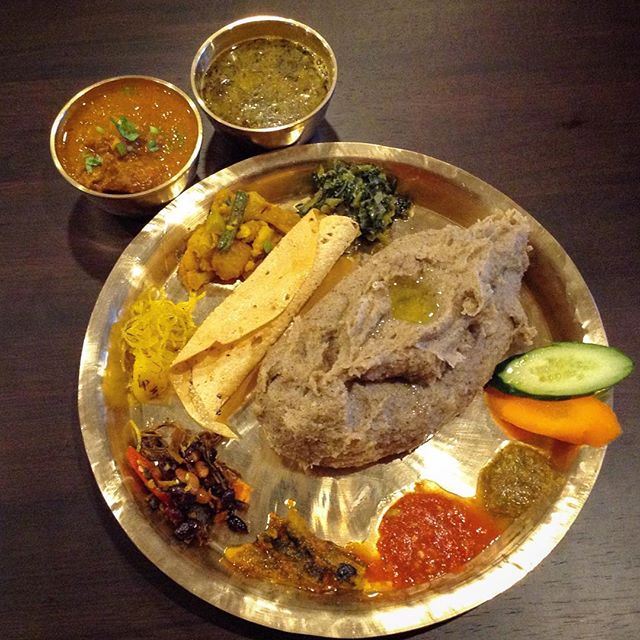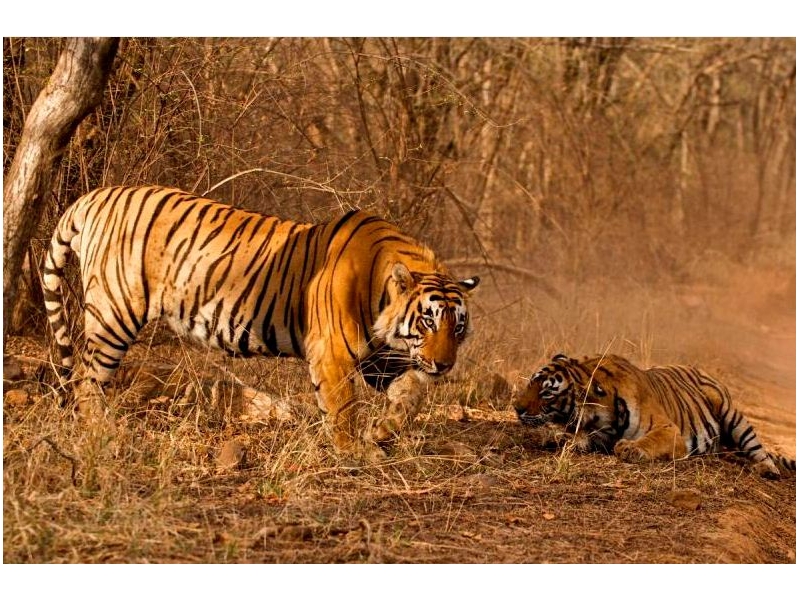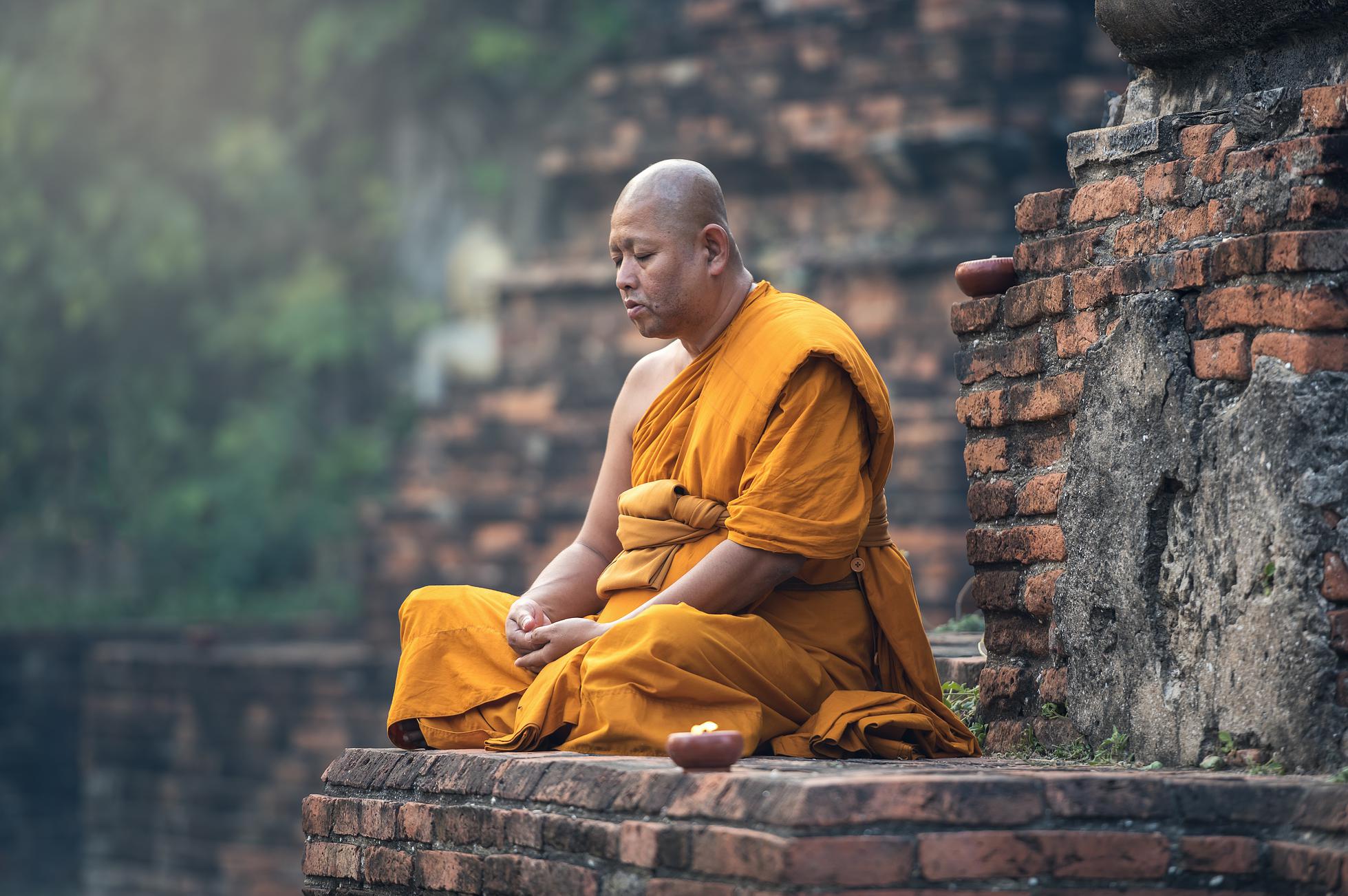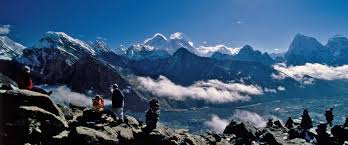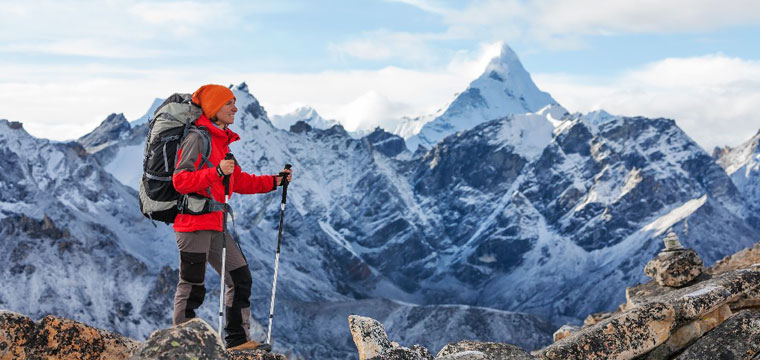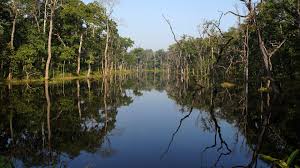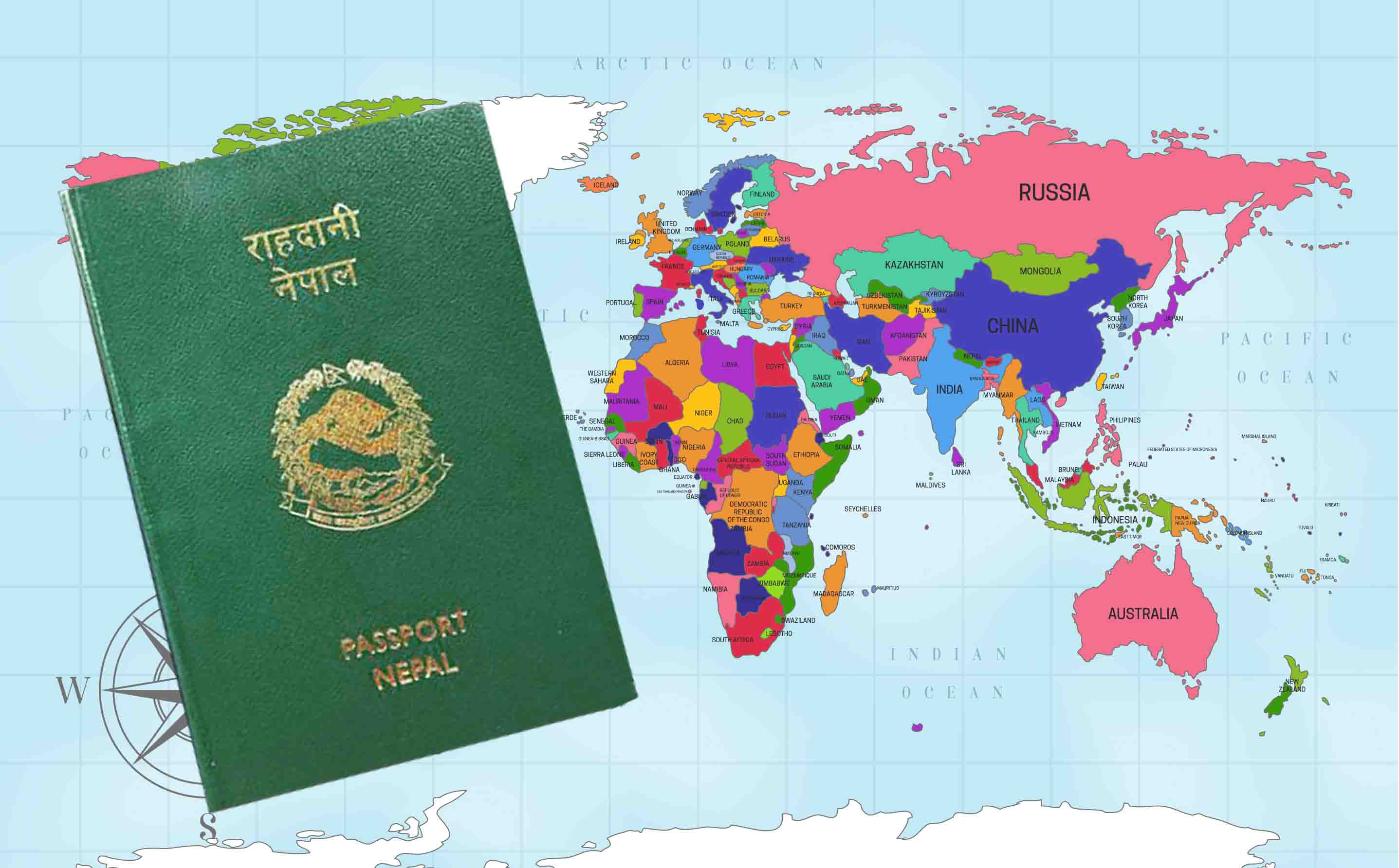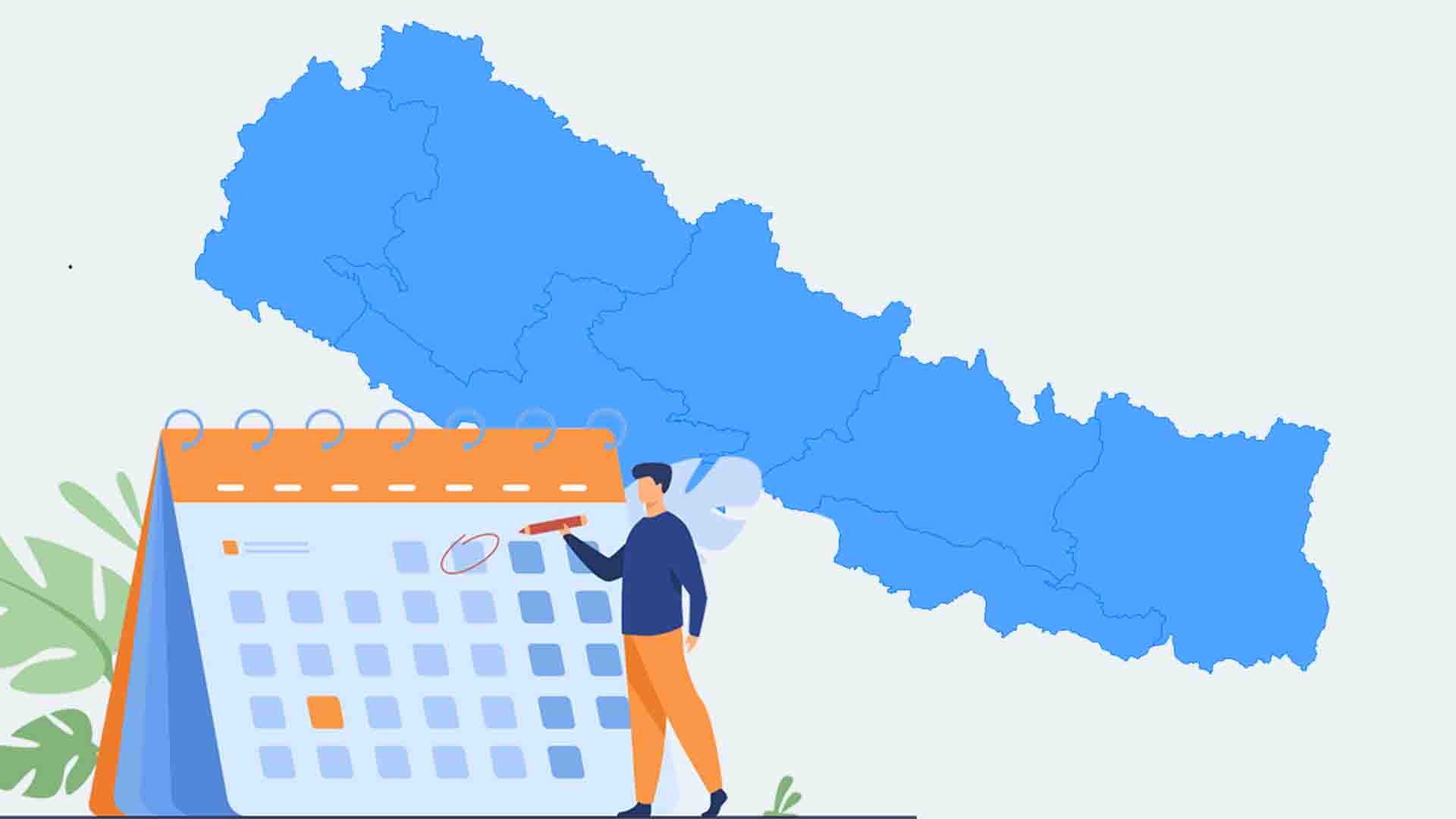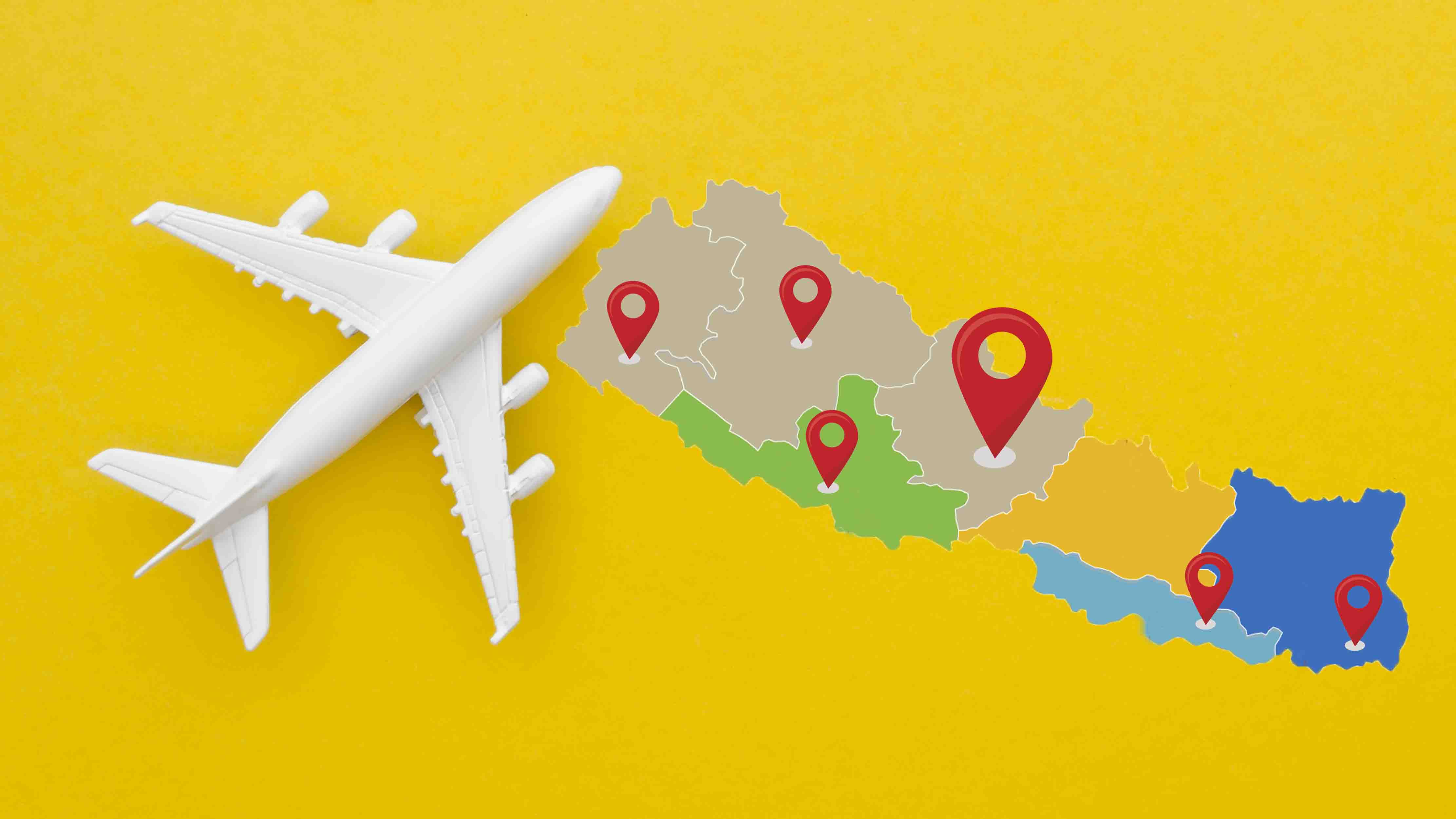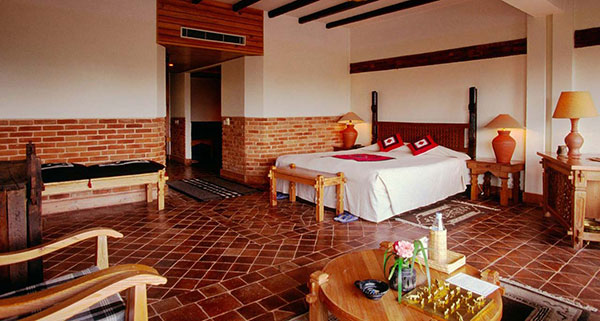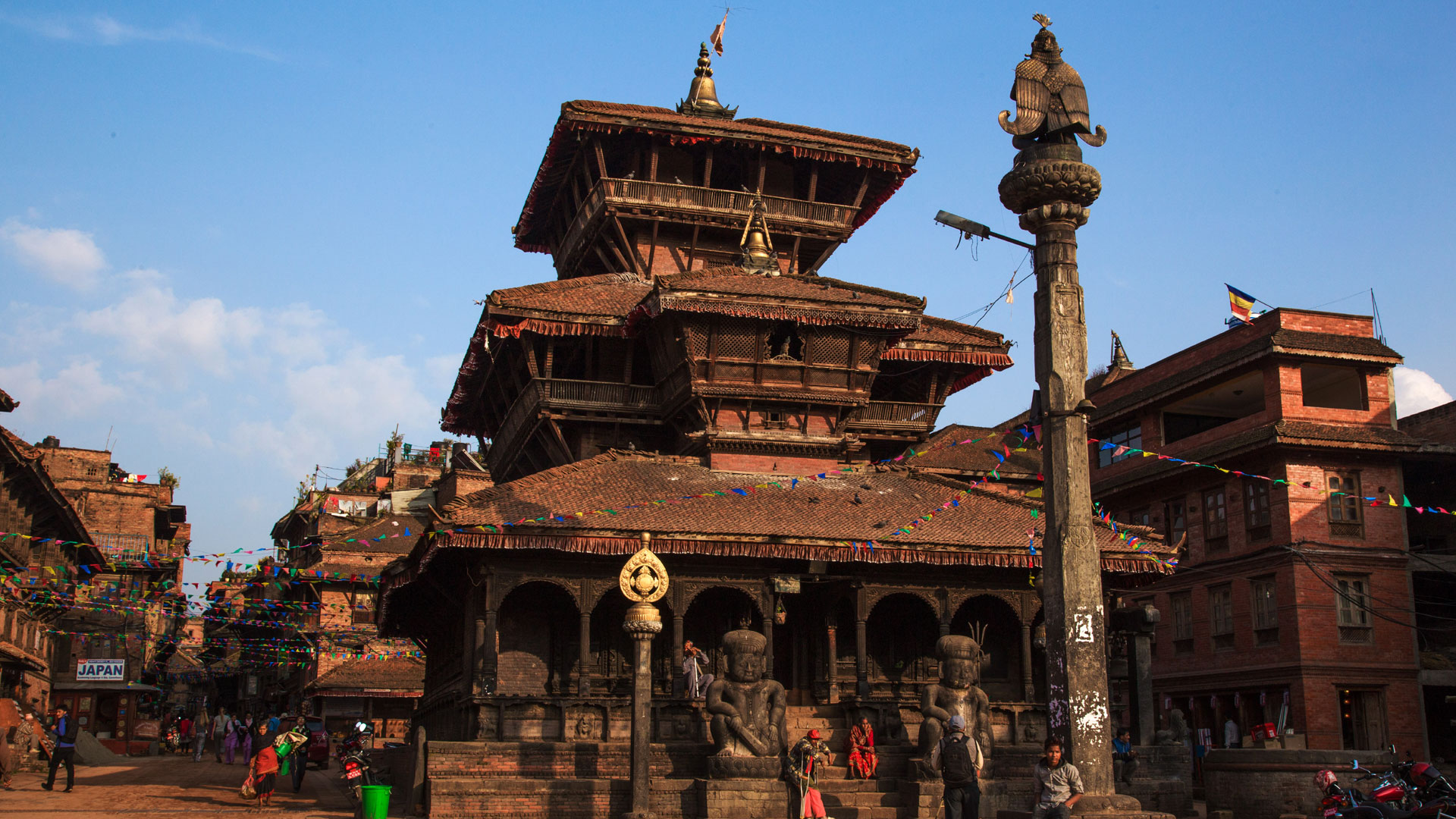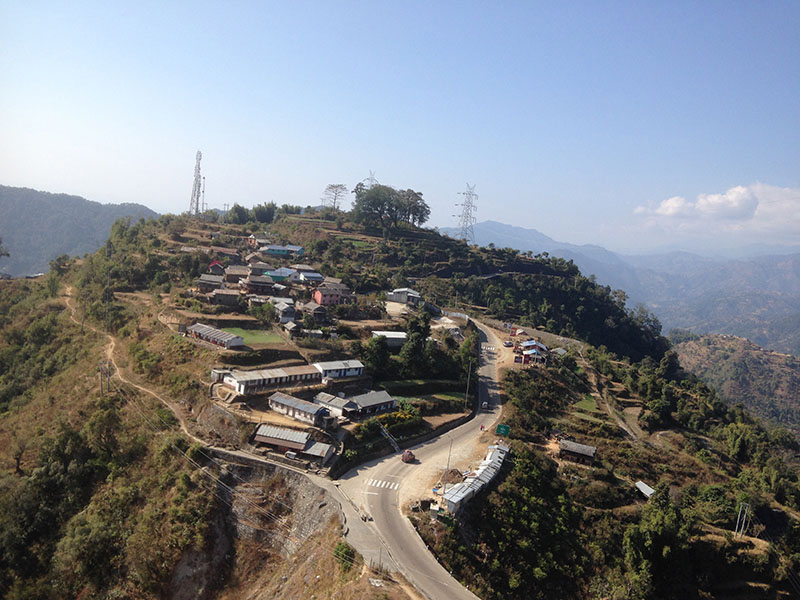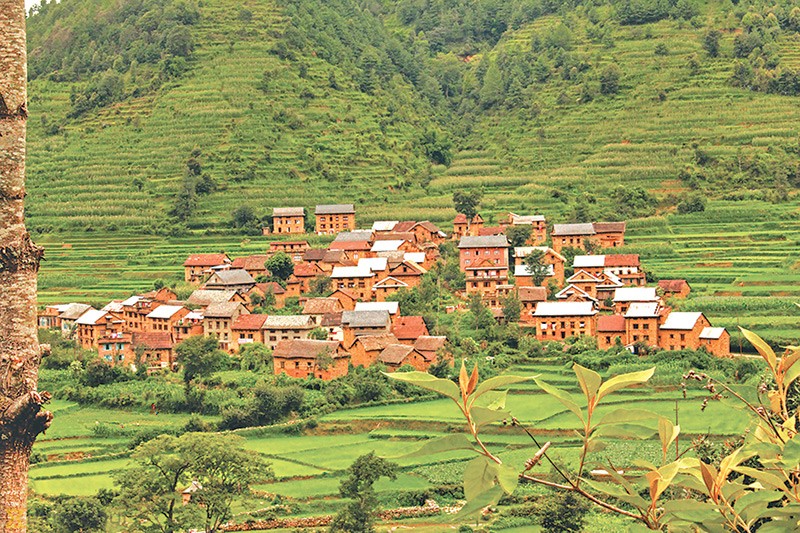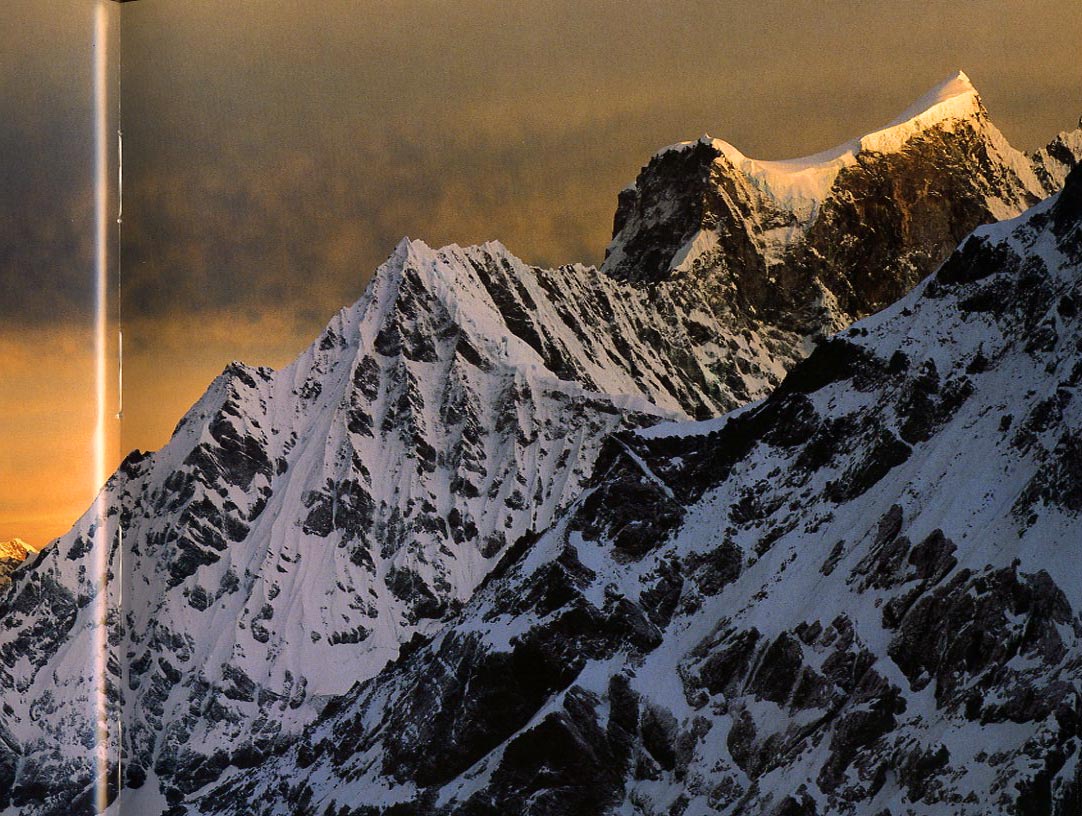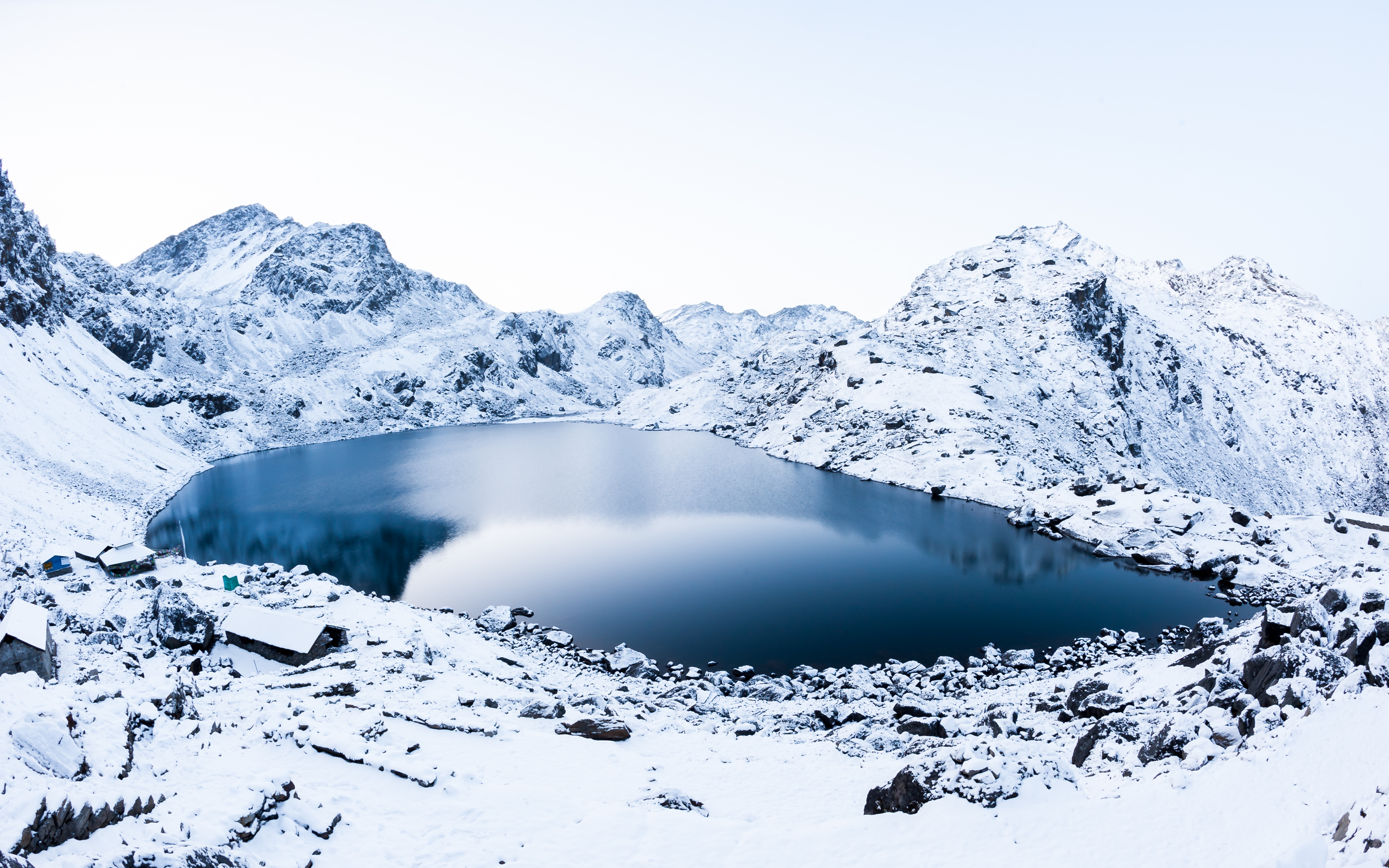One of the three ancient cities of Kathmandu valley and the smallest district of Nepal, Bhaktapur, has its own historical and cultural significance. This city is half an hour of bus ride from Kathmandu.
Bhaktapur is populated by ‘Newars’, the indigenous people with distinguished language, traditions, culture, and heritage. The original name of Bhaktapur – ‘Khowpa’ translates to ‘city of devotees’. That means many temples are in the area and palaces, which date back to the earliest dynasties. These well-preserved monuments stood long before modern Nepal itself.
Bhaktapur Durbar Square, which happens to be a world heritage site, is one of the major attractions. Other structures include 55 Window Palace, National Art Gallery, Nyatapola (5 famous temples), Dattatraya temple, and several other structures, including human-made ponds. You can walk between sites through the narrow corridors between centuries-old houses.
If you happen to be in Nepal around April or around the Nepalese new year, you can witness Bisket Jatra, where a colossal wooden chariot is pulled around Bhaktapur’s streets. One thing you shouldn’t miss is the local Newari cuisine and, most importantly, ‘Juju Dhau’ or King curd, which goes along with its name.
Tourists often visit Nagarkot after a long day in the city to enjoy the scenic view of Himalayan ranges and spectacular sunrise in the morning.
Places To Explore In Bhaktapur
Bhaktapur Durbar Square
Bhaktapur Durbar Square, one of the three Durbar Squares of Nepal, lies in Bhaktapur, also known as Bhadgaon or Khowpa. One of Bhaktapur's star attractions is Durbar Square, an abode of traditional Nepali culture, fascinating wooden arts, and potteries.
Visiting this Durbar Square feels like you have traveled back to the ancient Bhaktapur because the monuments are still fresh and new.
Nyatapola, Statue of King Bhupatindra Malla, Peacock Window, Golden Gate, 55 Windows Palace, and Bhairab Nath Temple are some of the alluring sites in Bhaktapur Durbar Square with historical significance. Each monument or shrines holds a diverse history.
Locals of the area, specially Newars, fill the Square, eat Juju Dhau (yogurt prepared in ancient Newari style), and enjoy the cold breeze of wind. The Square is refreshing, away from pollution, calm, and peaceful.
55 Windows Palace
55 Windows Palace, the star attraction of Bhaktapur Durbar Square, was built by Late Malla King – Yaksha Malla in 1427 AD. Later, it was remodeled by Late King Bhupatindra Malla in the 17th century. By name, it is clear, and the palace has 55 windows, built with ancient designs and carved woods.
The walls of the palace are made up of bricks, and the balcony has 55 windows. One of the unique masterpieces of wooden carvings, this palace is one of the oldest monuments of Nepal.
Golden Gate
Golden Gate, richly molded specimen of its kind in the entire world, is the door surmounted by figures of Hindu goddess – Kali, Gamuda (mythical griffin), and two beautiful nymphs. According to an eminent English art critic and historian, Percy Brown, this masterpiece is the best in the entire Kingdom.
Less like a door, more like a piece of jewel, Golden Gate was built by Late King Ranjit Malla, which leads to the 55 Windows Palace and other monuments and shrines of Bhaktapur Durbar Square.
Nyatapola
A five-storied temple, Nyatapola, is one of the star attractions of the Bhaktapur Durbar Square area built in a pagoda-style. Built by one of the Late Malla Kings of Nepal, Bhupatindra Malla, the temple was constructed in 1702 AD.
The major goddess of the temple is Siddha Laxmi of Hinduism, who brings prosperity. It is believed that the base is narrower as compared to the foundation. The temple is a fascinating piece of architecture that stands fresh and tall, so no people passing from the area can leave without noticing it.
Bhairab Nath Temple
Temple of Lord Bhairab, who is the dreadful aspect of Lord Shiva, Bhairab Nath, is one of the major temples around the Bhaktapur Durbar Square. Constructed by one of the Late Malla Kings, Jagat Jyoti Malla.
Bhairab Nath Temple is built near Nyatapola and has a modest scale construction. It was remodeled later by King Bhupatindra Malla, a genuine art enthusiast who constructed Nyatapola too.
A three-storied temple, Bhairab Nath, is a Hindu temple that attracts many tourists because of its unique structure.
Dattatraya Temple
Dattatraya Temple, a Pagoda style structure, is a three-storied temple. As old as the Fifty-five Windows’ Palace, this temple stands in the Bhaktapur Durbar Square area. Built by Late King Yaksha Malla during the 14th century, is believed to be constructed using wood from a single tree. Two Jaiput wrestlers’ statues welcome visitors at its entrance.
The temple’s surroundings have carvings on the wood that has erotic decors, and the windows of the monastery beside the temple are carved with peacock designs that are interesting to view. A beautiful collection of ancient arts, Dattaraya Temple, became a visitor’s public place after 1486 AD.
The temple is famous for three major gods of Hinduism: Brahma – the creator, Vishnu – the preserver, and Shiva – the destroyer.
Changu Narayan
Changu Narayan, one of the ancient Hindu temples of Kathmandu valley, is located near Changunarayan village, one the eastern end of the valley. Located 6 km north of Bhaktapur and 22 km from Kathmandu, this temple stands on the hill’s top from the 4th century.
Changu Narayan is one of the forms of Lord Bishnu – the preserver. Changu Narayan Temple, being one of the UNESCO’s World Heritage Sites, is a double roofed structure that shows multi-armed Tantric deities.
Lord Vishnu’s vehicle or Vahana, faces the temple in the form of an image. The stone sculptures dating back to the Lichchavi period are the main attractions of the temple.
A slab of stone, discovered in the temple’s vicinity, is of the 5th century, which is the oldest one with such inscription, found so far in Nepal, making it exciting for the tourists.
The sad thing about the temple is that the people from other religions besides Hinduism are not allowed to enter into the temple. Therefore, international tourists are mostly from India and Sri Lanka only.
Ta Pukhu (Siddha Pokhari)
Ta Pukhu, commonly known as Sidha Pokhari (Pokhari, meaning pond) is a water pond in the shape of a rectangle. Located near Bhaktapur's entrance, Siddha Pokhari was built at the beginning of the 15th century by one of the Late Malla Kings, Yakshya Malla.
Regarded as a perfect spot to view mountains on a sunny day, Siddha Pokhari allows people to enjoy the refreshing breeze by sitting on the pond's edge. Associating several myths, Ta Pukhu is one of the star attractions of Bhaktapur.
Kailasnath Mahadev Statue
Kailashnath Mahadev, the world’s tallest statue of Mahadev – Lord Shiva, is one of the star attractions around the Kathmandu Valley. Standing 143 feet tall, and just 20 km away from Kathmandu, the statue is visible from most places around that area.
The inauguration of the site took place in the mid of 2012 after eight years of construction work. Ranking 32 when compared with the height of the sizes of the statues world-wide, Kailashnath Mahadev Statue is built using copper, zinc, steel, and cement.
With the combination of experts and professional hands of statue makers, this gigantic statue stands firmly today and attracts a lot of tourists every day.








